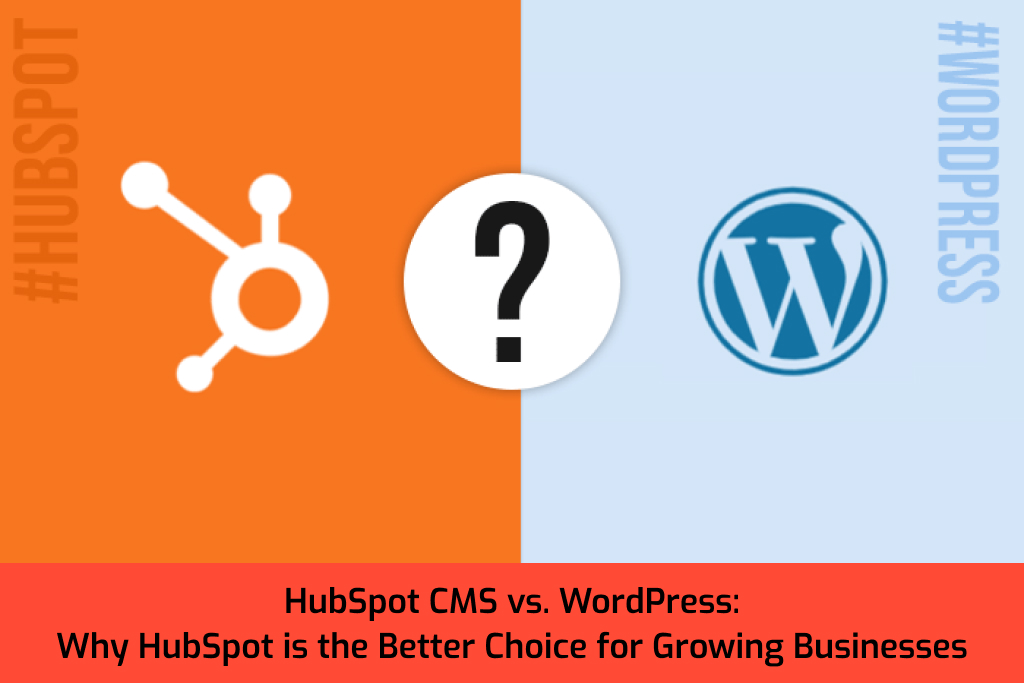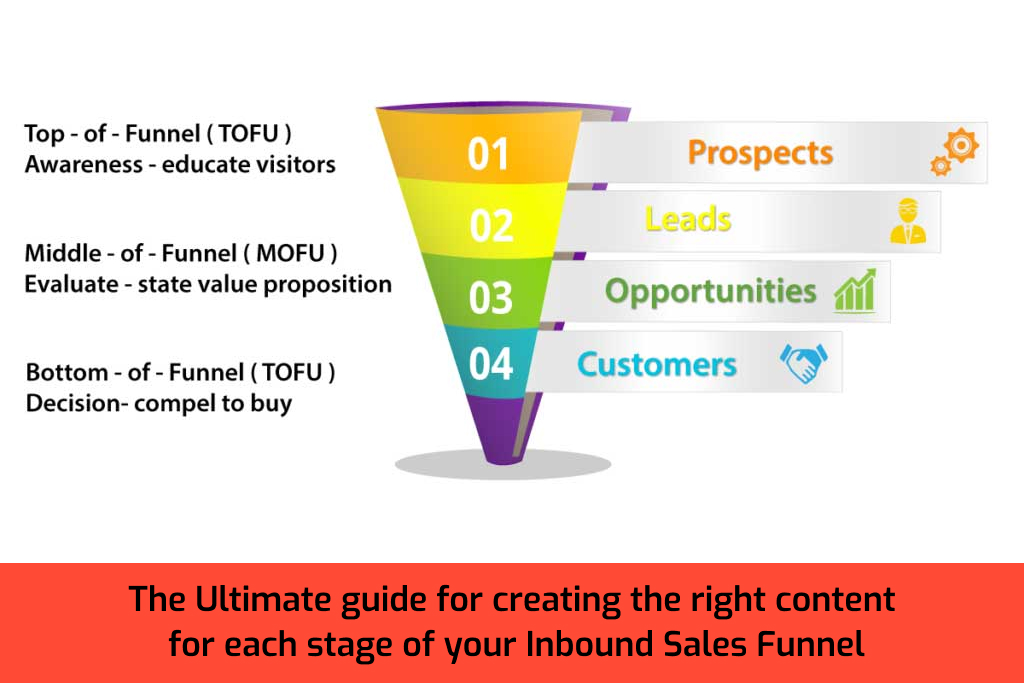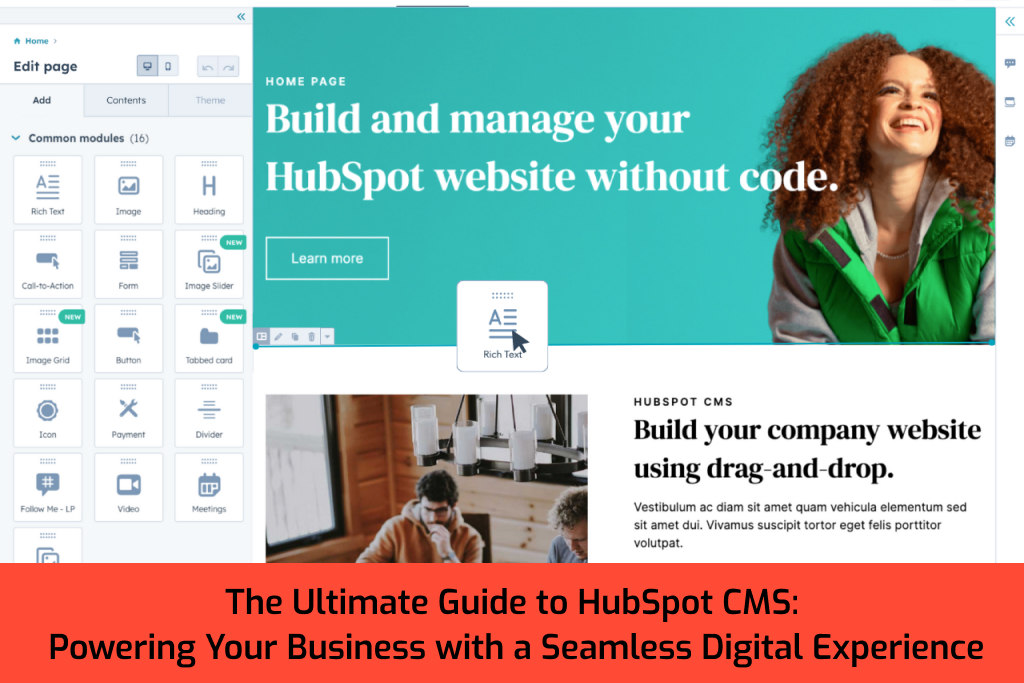In today’s digital age, outbound marketing tactics like cold calling and mass advertising are quickly being replaced by more customer-centric methods. One of the most effective approaches is inbound marketing—a strategy that focuses on attracting potential customers by offering valuable content and creating meaningful interactions. With HubSpot, businesses have a comprehensive platform to implement inbound marketing strategies that foster long-term customer relationships and drive growth.
In this blog, we’ll walk you through the key steps to building a successful inbound marketing strategy using HubSpot.
1. Set Clear, Measurable Goals
Before you dive into the tactics, it’s essential to have clear, measurable goals in place. These goals will serve as the foundation for your entire inbound marketing strategy. HubSpot’s SMART goals framework (Specific, Measurable, Achievable, Relevant, and Time-bound) is an excellent method for setting these objectives.
Examples of SMART goals include:
- Increase website traffic by 20% in the next 6 months.
- Generate 50 qualified leads per month from blog content.
- Boost conversion rates on landing pages by 10% over the next quarter.
HubSpot’s Role:
- Use HubSpot’s Goals tool to track progress on these targets in real-time.
- Align your marketing efforts with the bigger picture, ensuring every action contributes to meeting these objectives.
2. Define Your Buyer Personas
To effectively attract and engage your audience, you need a deep understanding of who they are. Creating buyer personas—semi-fictional representations of your ideal customers based on research and real data—helps you tailor your marketing efforts to their specific needs, pain points, and behaviors.
HubSpot makes persona creation easy with its Buyer Persona tool, allowing you to:
- Identify key details about your target audience (age, job role, challenges, goals).
- Understand how they search for information and make purchasing decisions.
- Tailor content and campaigns to address these personas’ specific needs.
HubSpot’s Role:
- HubSpot’s CRM stores detailed insights about your customers, helping you refine and update personas based on real-time data.
- Use personas to segment your audience, ensuring personalized, targeted messaging in every campaign.
3. Attract Visitors with Content Marketing and SEO
The cornerstone of any inbound marketing strategy is content marketing. By producing valuable content that addresses your audience’s pain points, you attract visitors organically. HubSpot makes it easy to plan, create, and distribute content that resonates with your audience.
Some key content types include:
- Blogs: Educational content that provides solutions to customer challenges.
- E-books & Whitepapers: In-depth resources that showcase your expertise.
- Videos: Engaging content that boosts brand awareness and builds trust.
- Social Media Posts: Shareable content that extends your reach.
In addition to creating high-quality content, optimizing it for search engines is crucial for organic growth. HubSpot’s SEO tools help you improve your search rankings by offering:
- SEO recommendations as you write.
- Tools to track keywords and optimize pages for search.
- Reporting dashboards that show how your content is performing in search results.
HubSpot’s Role:
- Manage and publish blog posts, landing pages, and content offers directly in HubSpot.
- Use HubSpot’s SEO optimization tools to ensure every piece of content is easily found by your target audience.
4. Convert Visitors into Leads with Lead Capture Tools
Attracting visitors is only the first step—now you need to convert them into leads. HubSpot offers a suite of tools designed to help you capture lead information, including:
- Forms: Customizable forms to collect contact details from your website visitors.
- Calls-to-Action (CTAs): Eye-catching buttons that encourage visitors to take action, such as downloading a resource or signing up for a newsletter.
- Landing Pages: Optimized pages designed to capture leads by offering valuable content in exchange for contact information.
Once you have a visitor’s details, you can begin nurturing them with relevant content to guide them down the sales funnel.
HubSpot’s Role:
- Create and optimize landing pages, forms, and CTAs using HubSpot’s drag-and-drop editor.
- Use HubSpot’s Lead Flow tool to build effective lead capture strategies.
- Capture and store lead information directly in HubSpot’s CRM, ensuring a seamless marketing and sales handoff.
5. Nurture Leads with Email Marketing and Automation
Once you’ve converted visitors into leads, the next step is to nurture them through the buyer’s journey. HubSpot’s email marketing and marketing automation tools allow you to send personalized, timely communications to your leads.
HubSpot’s Workflows tool enables you to create automated sequences that guide leads through the funnel, ensuring they receive the right content at the right time. For example, if a lead downloads an e-book, you can set up a workflow to send them a follow-up email with additional resources that move them closer to a purchase decision.
HubSpot’s Role:
- Design personalized email campaigns using HubSpot’s Email tool.
- Set up automated workflows to engage leads without manual effort.
- Track open rates, click-through rates, and overall email performance with built-in analytics.
6. Convert Leads into Customers with CRM Integration
Inbound marketing isn’t just about getting leads—it’s about turning those leads into paying customers. HubSpot’s CRM is fully integrated with its marketing tools, ensuring your sales team has access to all the information they need to close deals.
As leads move through your funnel, your sales team can use HubSpot CRM to:
- Track every interaction with prospects (emails, calls, website visits).
- Manage deals in a customizable sales pipeline.
- Get notified when leads take key actions, such as downloading resources or signing up for demos.
HubSpot’s Role:
- Automatically assign leads to sales reps based on predefined rules.
- Use lead scoring to identify the most qualified prospects.
- Ensure smooth transitions between marketing and sales teams with a unified CRM system.
7. Measure, Analyze, and Optimize
A key element of inbound marketing success is the ability to measure your efforts and make data-driven decisions. HubSpot’s powerful analytics and reporting tools give you a clear view of how your marketing campaigns are performing.
You can track:
- Website traffic and lead generation.
- Email campaign performance (opens, clicks, conversions).
- Social media engagement.
- The overall ROI of your inbound marketing efforts.
With these insights, you can optimize your content, refine your workflows, and improve your lead nurturing strategy for even better results.
HubSpot’s Role:
- Use HubSpot’s Reporting Dashboards to get a holistic view of your inbound marketing performance.
- Analyze every step of the buyer’s journey to identify areas for improvement.
- Run A/B tests on CTAs, emails, and landing pages to continuously improve conversion rates.
Conclusion: Build an Inbound Marketing Strategy That Drives Growth
Building a successful inbound marketing strategy requires careful planning, execution, and continuous optimization. With HubSpot’s all-in-one platform, you can attract the right audience, engage leads with personalized content, nurture them through the funnel, and convert them into loyal customers. By leveraging HubSpot’s robust inbound marketing tools, your business can grow, scale, and thrive in today’s competitive digital landscape.




